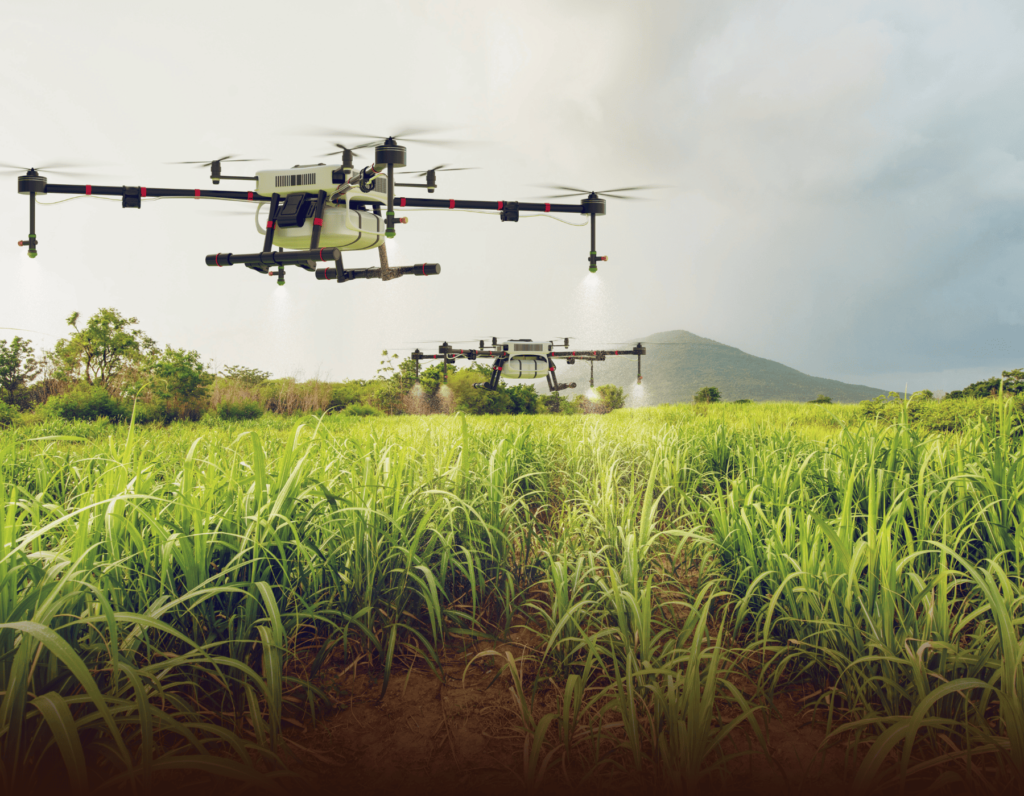Africa’s quest for food security is receiving a significant boost through Chinese agricultural innovations. With a rapidly growing population and climate challenges threatening food production, collaborative efforts between China and African nations have introduced advanced technologies that are reshaping the continent’s agricultural landscape.
China, having lifted over 800 million people out of poverty in the past four decades, attributes much of its success to advancements in agriculture. Key among these is hybrid rice, pioneered by the late agronomist Yuan Longping, which has significantly increased rice yields worldwide. Through partnerships such as the China-Africa Agricultural Cooperation Initiative, Chinese experts have transferred such technologies to African nations, helping to enhance food production and sustainability.
Several African nations have embraced these innovations with tangible results. In Madagascar, Chinese hybrid rice varieties have increased yields by up to 30%, reducing reliance on imports. Similarly, in Sierra Leone, the introduction of Chinese agricultural techniques has improved rice production, with farmers now achieving higher harvests per hectare.
According to Philibert Rakotoson, Madagascar’s former secretary general of the Ministry of Agriculture, hybrid rice has made a convincing case that hunger will eventually be eradicated.
During last year’s Forum on China-Africa Cooperation (FOCAC), Chinese president Xi Jinping pledged over $50billion in support to African countries. In his announcement, agricultural modernisation was identified as one of ten action plans. This support will enhance modern agricultural development to reduce hunger and poverty in Africa.
China in the past decade has established 24 agricultural technology demonstration centers in Africa and introduced more than 300 advanced agricultural technologies. More than 200 Chinese agribusiness companies now operate in Africa, with total Chinese agricultural investment on the continent exceeding $1billion helping African countries combat poverty and achieve food self-sufficiency.
Juncao technology, another Chinese innovation, has gained traction in Africa. This fast-growing grass, originally developed to cultivate mushrooms in Mauritania is now widely used for animal feed and soil conservation. Countries like Rwanda, Nigeria, and Uganda have adopted Juncao to improve livestock productivity and combat desertification.
Dr. Liu Jian, an agricultural economist at the China Agricultural University, suggests that “collaborative research between Chinese and African scientists will be crucial in ensuring that these innovations are adapted to Africa’s unique climatic and soil conditions.”
As Africa works towards achieving the United Nation’s agenda 2030, China’s agricultural innovations offer a beacon of hope. With sustained collaboration, technology transfer, and investment in agribusiness, the dream of a food-secure Africa is becoming increasingly attainable.





